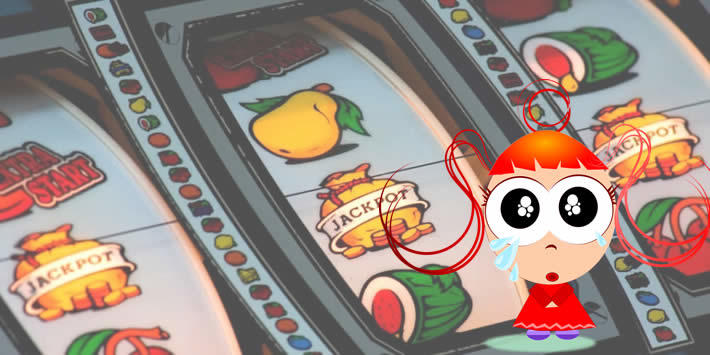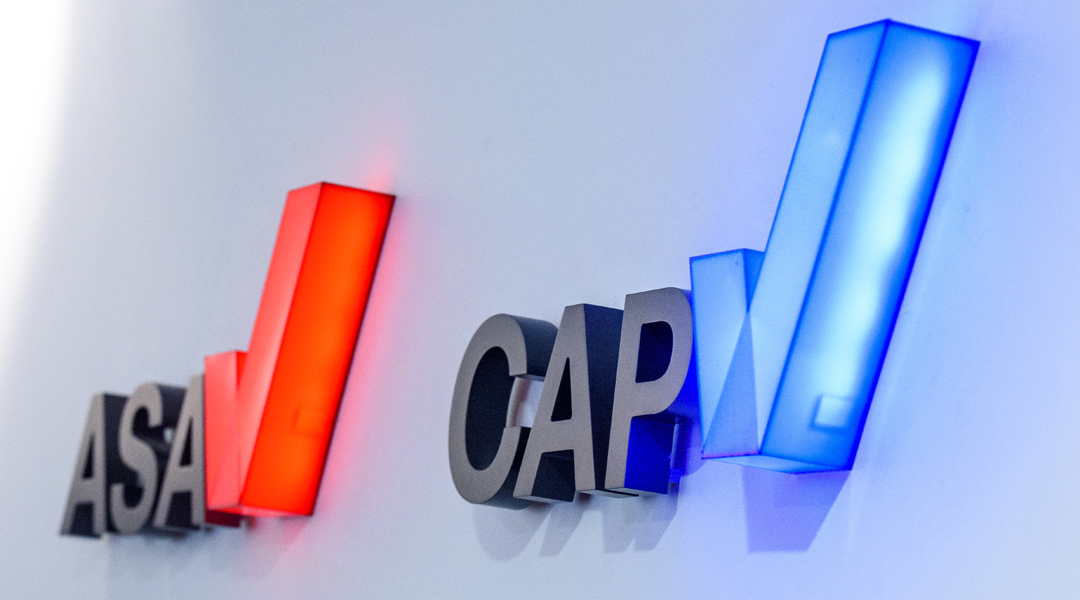Asa Gambling Advertising
NOTE: This Code has been replaced by the new Gambling Advertising Code. The new Code is effective 4 November 2019 for all ads. Read the ASA Codes Committee report on the review of the gambling advertising standards here – Report on the review of the Code for Advertising Gaming and Gambling April 2019. The gambling and betting advertising rules are designed to ensure that ads are socially responsible, with particular regard to the need to protect children, young persons under 18 and other vulnerable groups from being harmed or exploited by advertising that features or promotes gambling and betting. The purpose of the Gambling Advertising Code (Code) is to ensure that gambling advertising is conducted in a manner that demonstrates a high standard of social responsibility. All gambling advertisements must be legal, decent, honest and truthful and respect the principles of fair competition. The ASA itself will be monitoring industry advertising for a range of different issues in the context of the crisis. It highlighted ads that trivialise gambling (by encouraging repetitive or frequent participation), or refer in any way to indicators of problem gambling (such as solitary play or playing late at night) as being of particular concern.
Childrens' exposure to TV ads for alcohol, gambling and junk food has declined in recent years, according to a new report from the Advertising Standards Association (ASA).
Asa Gambling Advertising Definition
Strict rules are already in place to restrict children's exposure to TV ads for food and soft drink products high in fat, salt or sugar (HFSS) as well as gambling and alcohol, though brands continue to fall foul of the stringent regulations.

The report's aim is to measure the effectiveness of the rules currently in place and how well they restrict scheduling and content of ads that may be potentially harmful to children.

It found that between 2013 and 2017 children’s exposure to TV ads declined by 29.7%, falling from 229.3 ads per week to 161.2.
Data from 2017 - the latest year covered by the report - showed that only one of the average 161.2 TV ads watched per week was for alcohol products while only 2.8 ads promoted gambling products and 9.6 were for HFSS products.
The report also found that between 2013 and 2017, TV ads for alcohol decreased by 62.5%, TV ads for gambling decreased by 37.3% and TV ads for food and soft drink also decreased by 45.5%.
As rules were not changed over the period covered by the report, the decrease is most likely due to change in marketing spend and behaviour.
Alcohol
In 2017, alcohol ads made up just 0.6% of all TV ads children saw, which equates to around 22.1 seconds per week.
Between 2008 and 2017, children's exposure to ads - relative to adults - fell from 41% to 22%. That means children saw, on average, about one TV ad for alcohol every four or five by adults.
Due to the potentially harmful effect exposure to alcohol ads have on children, rules are particularly stringent - and discussion has been had on whether to ban alcohol ads altogether.

Aldi was to find out the hard way when last year it landed in hot water with the ASA three months after it aired its Kevin the Carrot festive spot.
The complaint over the ad was upheld after one viewer said it was likely to promote alcohol to children, as Kevin is a character that would have a strong appeal to people under 18.
Gambling
According to the report, gambling ads made up less than 2% of all the TV ads that children saw between 2008 and 2017, equating to approximately 65.2 seconds per week.
Over the past few years, there has been mounting pressure on gambling companies to limit their marketing to protect children, vulnerable people and addicts from overexposure.
Last year, a cross-party group of MPs and peers pushed to have gambling companies treated like tobacco firms – calling on health warnings to be displayed on their products. They noted that while aimed at adults, many of the ads were inadvertently being consumed by children.

More recently, the gambling industry confirmed plans for a voluntary ban on betting adverts during sports programs.
HFSS
The report data for HFSS products is limited to the period between 2016 to 2017. The study shows that HFSS ads constituted, on average, 6% of all ads children saw each week in 2017. This was a drop from 7% in 2017.
The ASA and CAP have made a lot of movement over the past two years to reduce children's exposure to HFSS products.
In 2017, the ASA brought in tougher rules for banning online ads for HFSS products to bring online media closer in line with broadcasting rules.
Last year, the ad watchdog then reviewed its rules to ensure they were 'effective in protecting young children.'
Kellogg fell foul to the rules last year when the ASA banned its TV ad for breaking rules around marketing fast food to children.
The cereal brand was pulled up for a spot promoting its Coco Pops granola range, which saw a group of animated animals competing to knock coconuts down from a tree.
Although Coco Pops Granola is not considered an HFSS product, the use of Coco Pops branding would have the effect of promoting the main line of Coco Pops products, which are considered subject to HFSS advertising rules.
The government has also been active in reducing children's viewing of HFSS products. In a bid to halve the number of obese children by 2030, the government began talks last year on a potential ban of junk food advertising on TV before the 9pm watershed.
This article is about:
Asa Gambling Advertising Companies
Join us, it's free.
Become a member to get access to:
Asa Gambling Advertising Companies
- Exclusive Content
- Daily and specialised newsletters
- Research and analysis